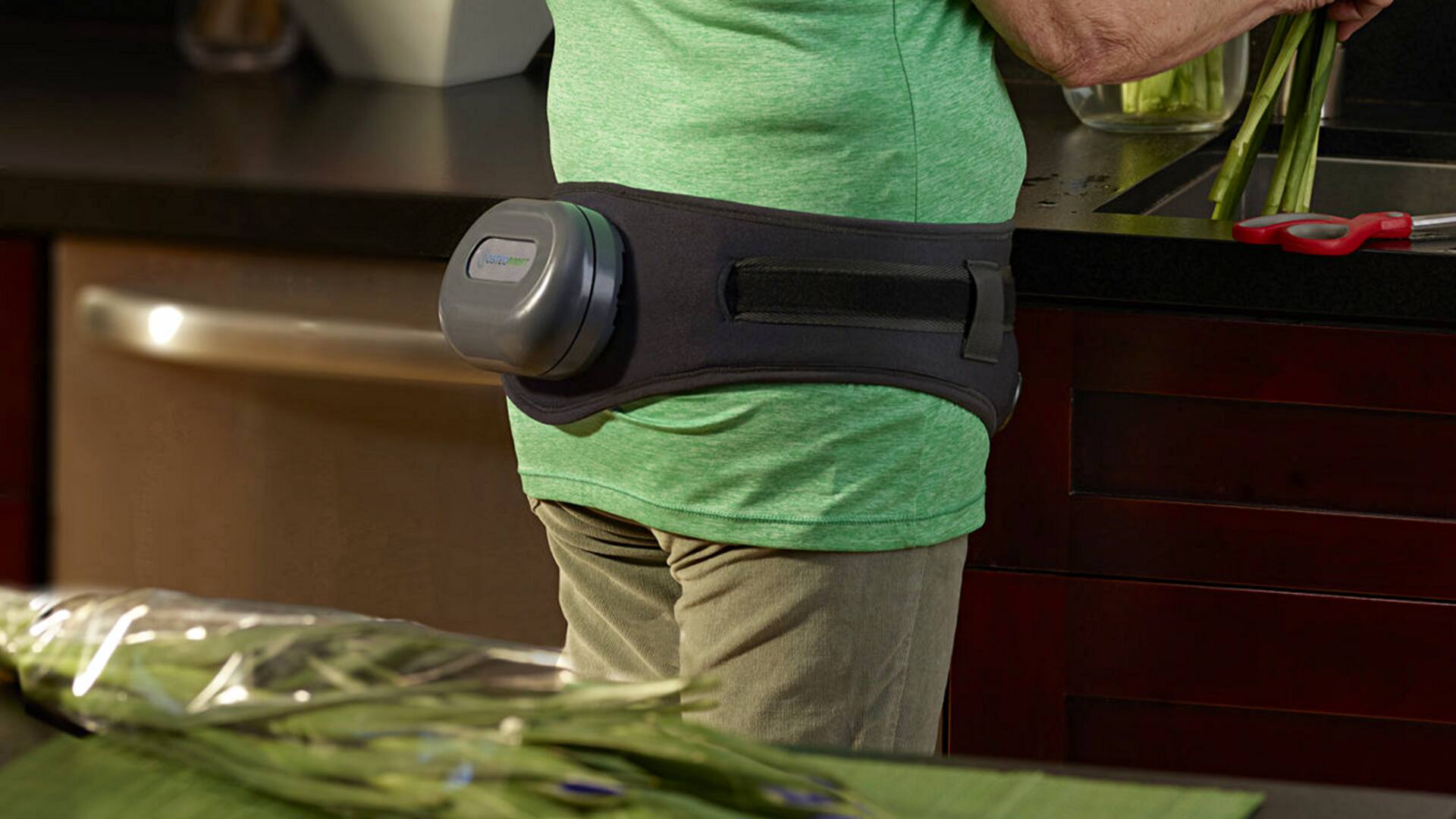
FDA approves innovative vibrating belt to treat low bone density
What's the story
The US Food and Drug Administration (FDA) has given the green light to Osteoboost, a vibrating belt created by Bone Health Technologies in partnership with NASA. This innovative device acts as a drug-free treatment for postmenopausal women with osteopenia. It aims to stop bone density from reaching the osteoporosis stage through early intervention. Laura Bilek, a researcher studying the belt's effectiveness, said, "The Osteoboost shows promise in slowing loss of bone density and strength and may fill the treatment gap."
Details
How Osteoboost works and its connection with NASA
Osteoboost functions by mechanically enhancing the strength of bones in the hips and spine, preventing further deterioration of bone density. The technology's design is based on NASA research that explored ways to prevent bone density loss in astronauts working in zero-gravity environments. For optimal results, users should wear the belt for 30 minutes daily or at least five times a week, providing a gentle vibration that can be worn anytime, anywhere.
Scenario
Clinical trials show improved bone density
Clinical trials revealed that bone density visibly improved over time when the Osteoboost belt was incorporated into a patient's care plan. In a study supported by the National Institutes of Health (NIH), women aged 50-60 lost 3.4% of their bone density by the end of 12 months without any intervention, while patients who wore the belt lost only 0.5% of their bone strength. This highlights Osteoboost's potential as an effective treatment for osteopenia.
Insights
Availability, pricing, and insurance coverage for Osteoboost
Osteoboost is not yet available for purchase but will start accepting pre-orders in the coming months, and begin shipping later this year. The price remains undisclosed, but a company representative stated the belt would be "affordable and accessible to the millions of patients who need it." To acquire the device, a doctor's prescription is necessary, and pricing may vary depending on insurance. Bone Health Technology is currently discussing coverage for the medical device with insurers in the US.